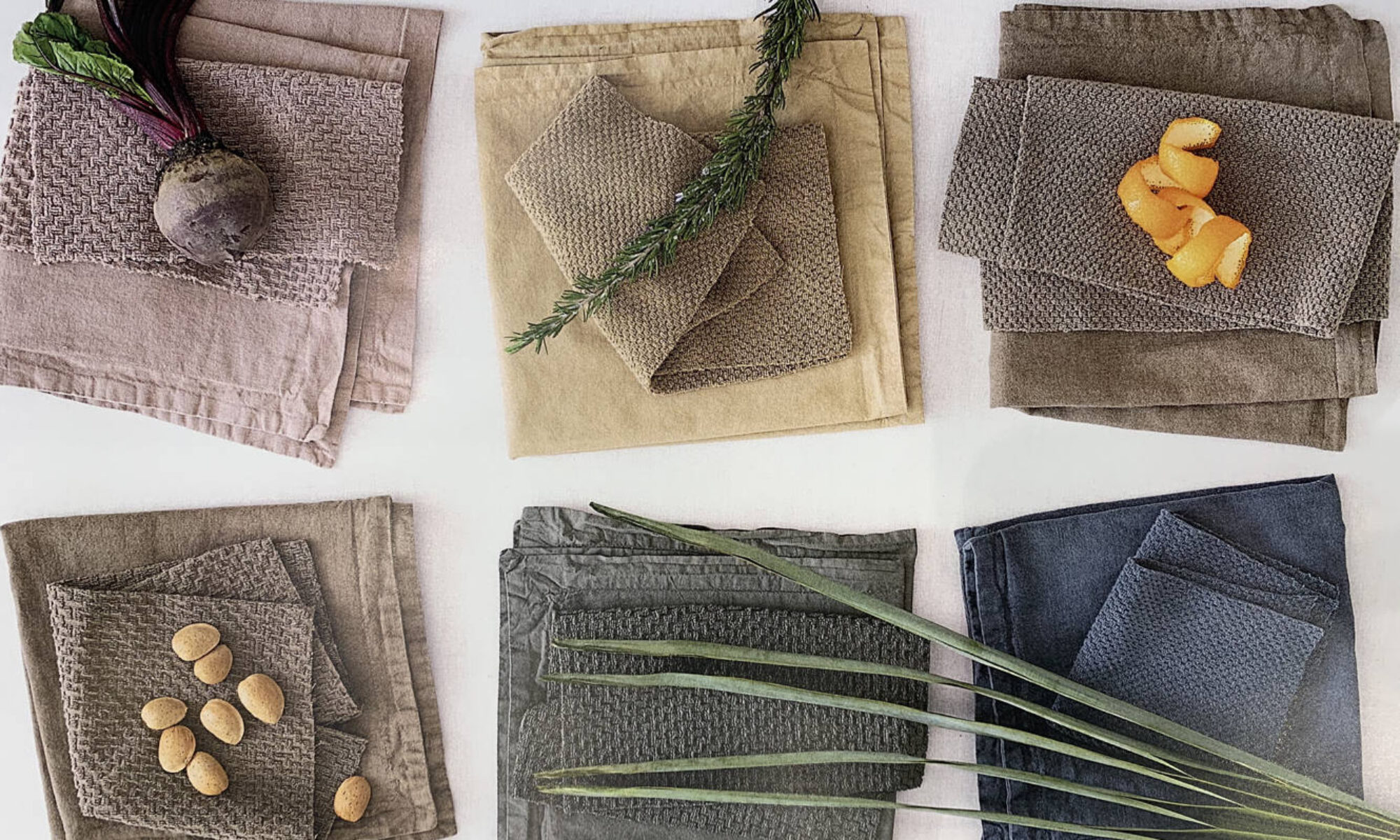The debate…
This week we continued to explore designers’ role in environmental responsibility. This week’s seminar debated the argument “Designers have not yet come to terms with their complicity in the creation of the conditions of the environmental crisis or with their environmental responsibility, nor have they yet reformed their practices accordingly” which I found to be an extremely thought-provoking topic of conversation.
I was given the opportunity to represent the ‘against’ side of the argument so tried to present evidence of ways that designers have started to move towards more environmentally responsible making and production processes. I drew on my own design discipline, Textiles, and largely based my argument around the Slow Design movement which is currently hugely relevant and having a significant impact within the Interior and Textiles industry. The trend is the interior industry’s equivalent to the anti-fast fashion revolution and is a form of creative activism that presents an opportunity to slow down the process of design research, production and outcome. It focuses on the longevity of a product, valuing sustainability but also focusing on the whole story and lifecycle of a product or design and the consumer’s appreciation of it.
I feel that this more conscious way of designing, producing and consuming, is very relevant to the ‘against’ side of the debate and also links nicely Kate Soper’s concept of ‘alternative hedonism’. The idea that we should rethink how we live in the light of impending environmental catastrophe and that alternative ways of living can be more enjoyable than consumerism, seems relevant to a movement like Slow Design that focuses on the balance between tradition and innovation as well as between technology and classic craftsmanship.
One example of a Slow Design company that I love and Mizzi Studio, a multidisciplinary practice specialising in Bio architecture and Biophilic design and dedicated to achieving a resilient and sustainable future. They aim to slow design down and reconnect humanity with nature, focusing on projects which embrace experimentation and innovation, yet consistently look back at heritage and craft as they believe that learning from the past is the best way to eliminate wasteful processes and build the most sustainable future possible.
However, despite some interesting examples for the ‘against’ argument that covered a variety of design disciplines, I ultimately took from the debate that designers haven’t fully understood how fundamental their role is in changing the current environmental crisis. One point that was raised for the ‘for’ argument that I completely agreed with is the intentional ignorance of designers about their role in the environmental crisis. The economic pressures of consumerism mean that many companies choose to design for trends and the short-term gain of profit, entirely disregarding sustainable design practices. Catering to trends leads to mass overconsumption and waste both of which are having a lasting impact on the planet, something I would argue most designers are aware of but choose to ignore.
Though there was no overall conclusion to this week’s debate the discussion was definitely essential and needs to continue to be had amongst designers in order to combat our current complicity, and naiivity around the environmental crisis. The debate gave me a lot of ground for thought and has sparked an excitement to continue exploring ways designers can reform their practises to work towards a more sustainable and better future.
Designer of the week…
Mizzi Studio- an example of their design work that I felt was particularly inspiring and aligns well with slow design is their design for Kew Gardens eating space which acts not only functionally but is an example of entirely sustainable design which also provides education on the natural world. It is entirely powered by the energy of an LED sun wall, and all the sculptures are made by independent sustainable craftsmen.
https://www.mizzi.co

References-
www.mizzi.co. (n.d.). Mizzi Studio | Bioarchitectural & Biophilic design studio. Available at: https://www.mizzi.co (Accessed: October 10 2023)
Soper, K. (2008). ALTERNATIVE HEDONISM, CULTURAL THEORY AND THE ROLE OF AESTHETIC REVISIONING. Cultural Studies, 22(5), pp.567–587. Availabe at: doi:https://doi.org/10.1080/09502380802245829. (Accessed: October 10 2023)






This is a great interweaving of the debate’s topic and the discussions it raised and the slow movement and its impact within design fields. It is super to hear of this from you, and your thoughts on the promises of studios such as Mizzi but also the real need for much more movement in this direction are really valued.